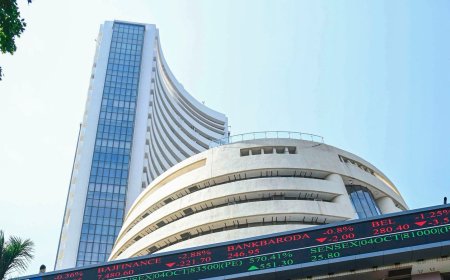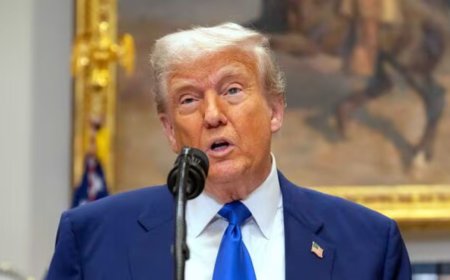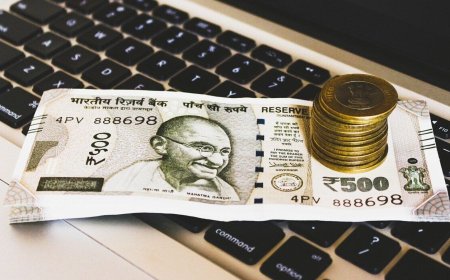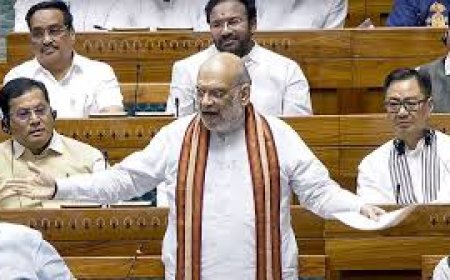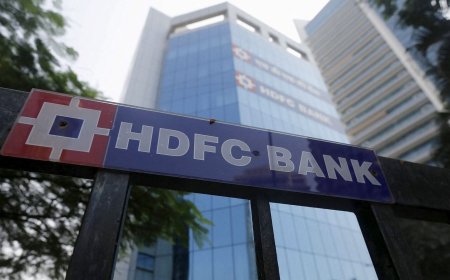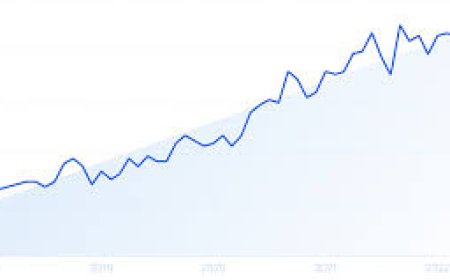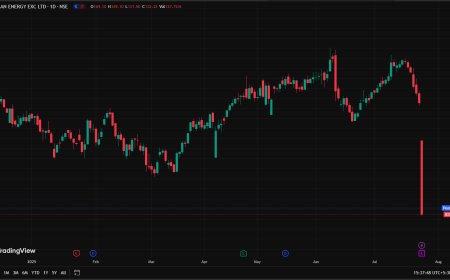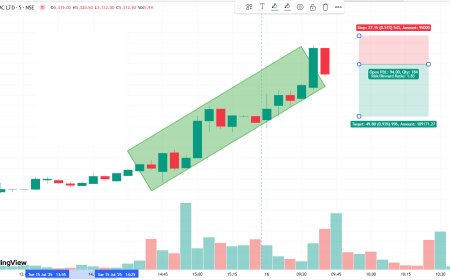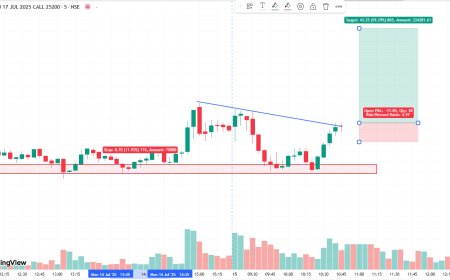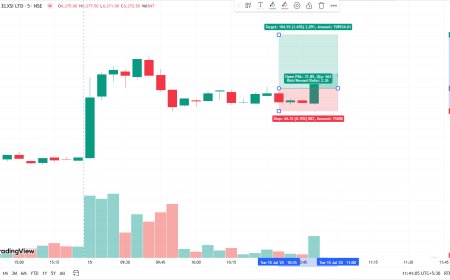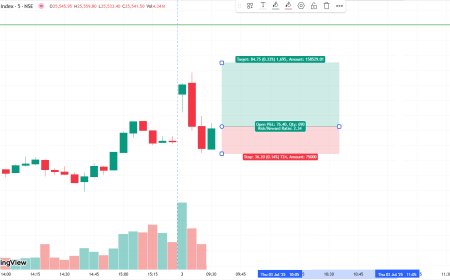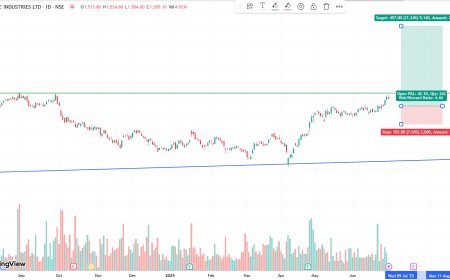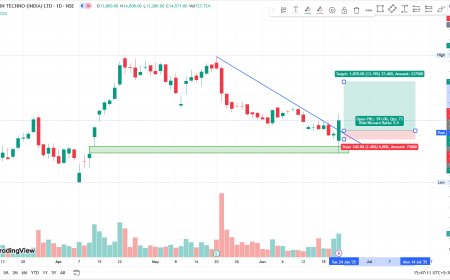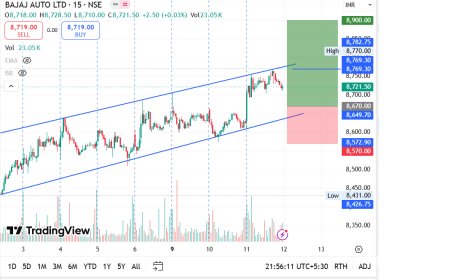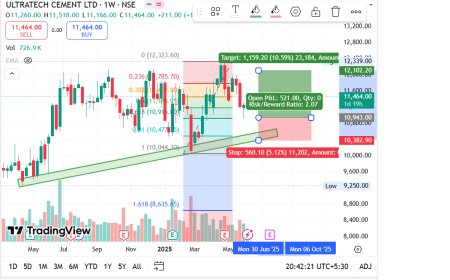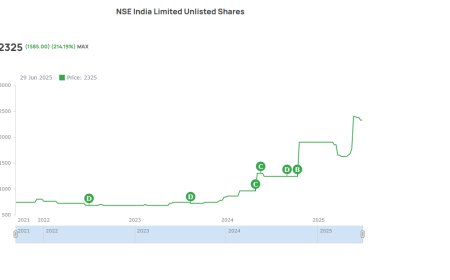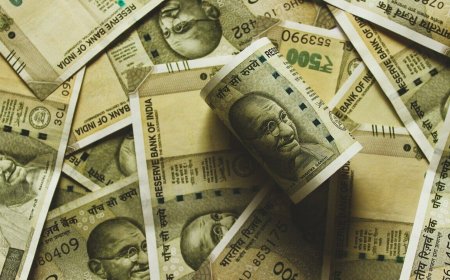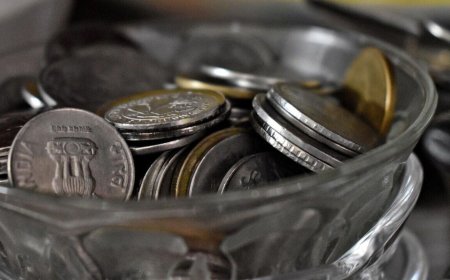India’s Forex Reserves Rise to $690.62 Billion, Up $4.5 Billion as of May 9: Strongest in Nearly Two Years
India’s foreign exchange reserves surge by $4.5 billion to reach $690.62 billion as of May 9, 2025—its highest since 2022. Discover what’s driving the build-up and what it means for the economy.

India's Forex Reserves Rise to $690.62 Billion, Up $4.5 Billion as of May 9: A Sign of Economic Resilience and Strategic
Buffering
Introduction: A Stronger Shield for an Evolving Economy
India’s foreign exchange reserves—a critical cushion against external shocks—rose by a substantial $4.549 billion to reach a three-month high of $690.62 billion for the week ended May 9, 2025, according to data released by the Reserve Bank of India (RBI).
This surge comes at a time when global markets remain volatile amid shifting interest rate cycles, geopolitical friction, and persistent inflationary pressures across developed economies. For India, this uptick in reserves reflects healthy capital inflows, robust export receipts, and judicious foreign asset management by the central bank.
Let’s explore what led to this impressive jump, why it matters, and how it positions India amid global economic uncertainty.
Breaking Down the Numbers: What the RBI Data Shows
According to the RBI’s Weekly Statistical Supplement:
-
Total Forex Reserves: $690.62 billion (as of May 9, 2025)
-
Increase Over Previous Week: +$4.549 billion
-
Highest Reserve Level Since: Late 2022
-
Foreign Currency Assets (FCA): Up by $3.47 billion to $641.2 billion
-
Gold Reserves: Rose by $1.1 billion to $54.3 billion
-
Special Drawing Rights (SDRs): Slight gain to $18.6 billion
-
Reserve Position in IMF: Minor increase to $16.5 billion
This steady growth aligns with the broader recovery theme playing out in India’s macroeconomic framework—stable inflation, expanding industrial output, and strong fiscal discipline.
Why Are Forex Reserves Important for India?
Forex reserves play a multi-dimensional role in India’s macroeconomic stability:
| Function | Role in Economy |
|---|---|
| Exchange Rate Stability | Used to manage INR volatility and stabilize USD/INR rates |
| Crisis Buffer | Provide cover against oil price spikes or capital outflows |
| Import Cover | Help finance imports for several months without disruptions |
| Global Credibility | Signal of macroeconomic strength to rating agencies/investors |
| Monetary Policy Tool | Used to manage liquidity, intervene in currency markets |
With $690.62 billion in reserves, India now holds the fourth-largest forex stockpile globally, trailing only China, Japan, and Switzerland.
What’s Driving the Surge? Key Contributors to the Rise
The $4.5 billion jump in a single week didn’t happen in isolation. It’s a mix of several tailwinds:
1. Strong Portfolio Inflows
-
FPIs (Foreign Portfolio Investors) have been net buyers in Indian equities and bonds over the past two months.
-
Anticipation of rate cuts in the U.S. and stable Indian macro signals have boosted flows.
2. Dollar Weakness
-
A softer dollar globally has helped the RBI revalue its holdings in euros, pounds, and yen—boosting foreign currency assets.
3. Rising Gold Prices
-
A global uptick in gold prices has revalued RBI’s gold holdings, adding over $1 billion to the total reserves.
4. Export Stability
-
Software exports, pharmaceuticals, and textiles have continued to support export earnings.
5. Remittance Flows
-
India continues to be the world’s top recipient of remittances, with strong inflows from the Middle East and the U.S.
The INR Factor: What This Means for the Indian Rupee
The rising forex buffer acts as a solid defense mechanism for the Indian rupee (INR), which has largely held firm in the 82.80–83.30 range against the U.S. dollar in recent weeks.
If crude oil prices spike or geopolitical tensions escalate, RBI’s ability to intervene with a hefty reserve gives confidence to investors and importers. A robust buffer also reduces the likelihood of excessive rupee depreciation.
Comparison with Historical Trends
| Date | Forex Reserves (USD bn) |
|---|---|
| May 2025 | 690.62 |
| Jan 2024 | 633.5 |
| Oct 2023 | 610.3 |
| Aug 2021 (Record) | 642.45 |
| March 2020 (Pre-COVID) | 476.1 |
The current figure surpasses India’s pre-COVID record and is inching closer to the $700 billion milestone, which would be unprecedented.
What Are the Risks? Are We Overdependent on FPI Flows?
While forex reserves are a strength, they come with some vulnerabilities:
-
Hot Money Volatility: A large chunk of the recent inflows are FPI-driven, which are reversible at short notice.
-
External Debt Servicing: India still has significant external debt maturing in 2025–26.
-
Import Bill Pressure: High crude oil and commodity prices could erode reserves if import bills surge.
That said, India's low current account deficit (CAD) and strong services export base help balance these risks.
Government & RBI Strategy: What Are They Doing with the Reserves?
The RBI has diversified its asset portfolio, including holdings in:
-
U.S. Treasury bills
-
Eurozone bonds
-
Gold bullion
-
IMF SDRs
Meanwhile, the government is using the strong reserve position to:
-
Strengthen diplomatic negotiations on trade and investment treaties.
-
Fund sovereign green bonds with global partners.
-
Maintain import cover above 9 months, exceeding international norms.
Global Context: How India Compares to Other Economies
| Country | Forex Reserves (USD bn) | Rank |
|---|---|---|
| China | 3,200+ | 1st |
| Japan | 1,200+ | 2nd |
| Switzerland | ~900 | 3rd |
| India | 690.62 | 4th |
| Russia | 590 | 5th |
India is ahead of Saudi Arabia, South Korea, and Brazil, reinforcing its place among major global reserve holders.
Expert Views: Analysts React to the Surge
“This reserve build-up is not just a one-week story—it reflects prudent capital account management by RBI and growing investor confidence in India’s macro narrative,”
— Arvind Nair, Chief Economist, CapIndia Research
“If reserves cross $700 billion by July, India could consider easing FPI caps in certain sectors. It’s a sign of long-term resilience,”
— Sonal Singh, Forex Strategist, Axis Capital
What Lies Ahead: Can We Sustain This Momentum?
With elections behind us and a new Budget due in July, India will aim to:
-
Attract long-term capital via infrastructure bonds, sovereign wealth partnerships, and PLI-backed sectors.
-
Continue export promotion, especially in value-added services and digital trade.
-
Maintain macro discipline to keep CAD below 2%.
If these trends hold, the $700 billion mark may not just be a psychological milestone—it could signal India's entry into the economic "superleague" of self-assured, globally resilient economies.
A Powerful Macro Lever in India’s Economic Toolkit
India’s latest forex data isn’t just a numerical update—it’s a strategic affirmation of the country’s rising global economic stature. At $690.62 billion, reserves are more than just buffers; they are a statement of intent.
As the world economy walks a tightrope between recovery and risk, India’s strong reserve base gives it the bandwidth to pursue growth, innovation, and diplomacy with greater confidence. Whether it's weathering capital flight, funding energy security, or leveraging trade deals, these reserves will increasingly shape India's global trajectory.
What's Your Reaction?
 Like
0
Like
0
 Dislike
0
Dislike
0
 Love
0
Love
0
 Funny
0
Funny
0
 Angry
0
Angry
0
 Sad
0
Sad
0
 Wow
0
Wow
0




